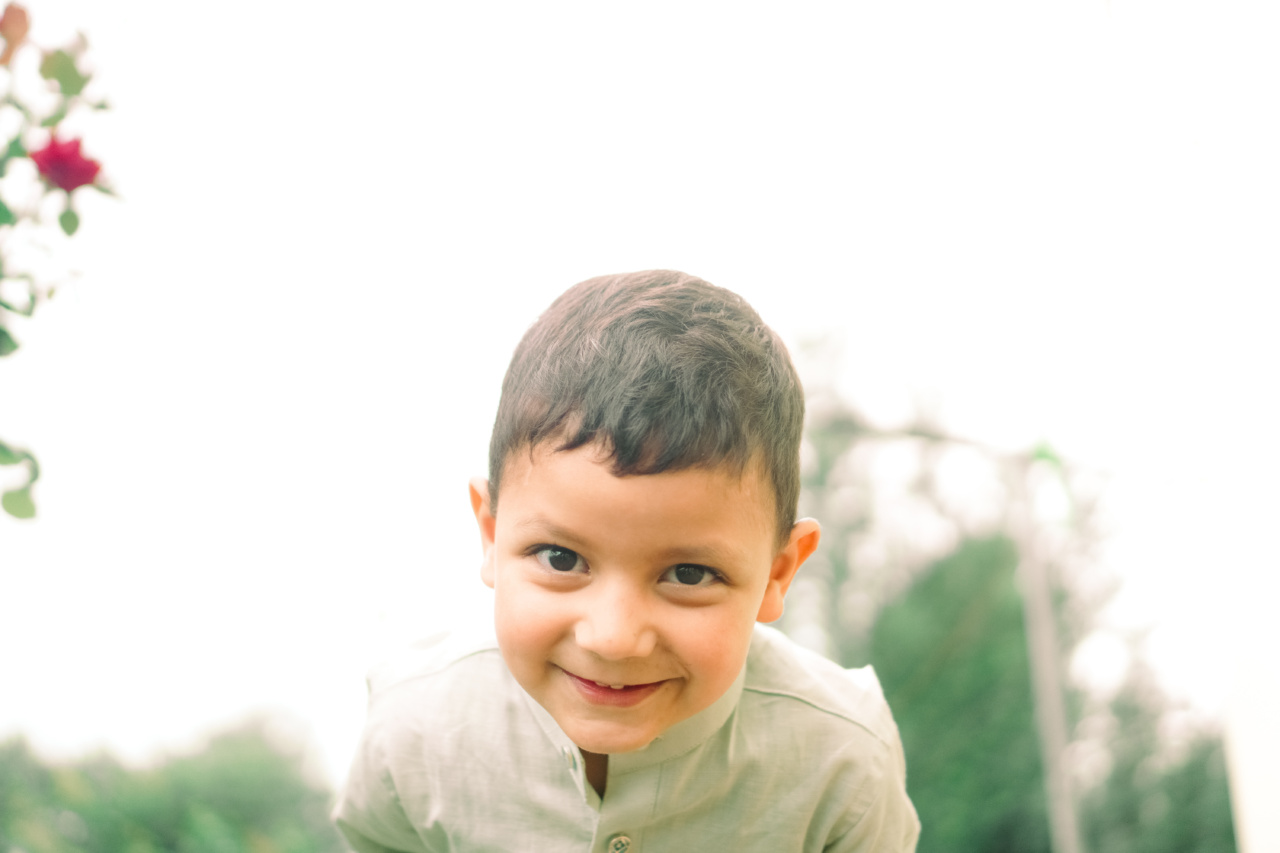Asthma and rhinitis are two common respiratory conditions that often affect children, causing them much agony and discomfort.
These conditions can significantly impact a child’s daily life, making it essential for parents and caregivers to understand their causes, symptoms, and available treatment options. This article aims to shed light on the agony experienced by children with asthma and rhinitis, raising awareness and providing insights into managing these conditions effectively.
Understanding Asthma
Asthma is a chronic respiratory disease characterized by inflammation and narrowing of the airways, resulting in recurring episodes of coughing, wheezing, chest tightness, and shortness of breath.
In children, asthma can often be triggered by various factors such as allergens (dust mites, pollen, pet dander), respiratory infections, exercise, stress, or exposure to irritants like smoke.
Symptoms of Asthma in Children
Children with asthma may exhibit several symptoms, including:.
- Recurrent episodes of coughing, particularly at night or during physical activity.
- Wheezing or whistling sound while breathing.
- Chest tightness or discomfort.
- Shortness of breath, especially during exercise or play.
- Frequent respiratory infections, such as colds, bronchitis, or pneumonia.
- Difficulty in sleeping due to coughing or wheezing.
Challenges Faced by Children with Asthma
Asthma can significantly impact a child’s daily life, presenting various challenges, including:.
- Limitations in physical activities and participation in sports.
- Missed school days and reduced academic performance.
- Disrupted sleep patterns and fatigue.
- Feelings of anxiety or social isolation due to the condition.
- Regular visits to doctors, medications, and potential side effects.
Understanding Rhinitis
Rhinitis, commonly known as a runny or stuffy nose, is the inflammation of the nasal cavity lining.
Allergic rhinitis is the most common type, which occurs when the immune system overreacts to allergens causing symptoms like sneezing, nasal congestion, itching, and a runny nose.
Symptoms of Rhinitis in Children
Children with rhinitis may experience the following symptoms:.
- Frequent sneezing, especially after exposure to allergens.
- Nasal congestion or stuffiness.
- Runny nose with clear mucus.
- Itchy or watery eyes.
- Postnasal drip leading to a cough or sore throat.
- Fatigue or irritability due to disturbed sleep.
Challenges Faced by Children with Rhinitis
The agony of rhinitis poses several challenges for children, including:.
- Distracted attention and reduced productivity in school.
- Impaired sleep quality, leading to tiredness and difficulty concentrating.
- Frustration and discomfort caused by constant sneezing and nasal congestion.
- Potential impact on social interactions and participation in physical activities.
Managing Asthma and Rhinitis
While there is no cure for asthma or rhinitis, various treatment options can help manage the symptoms and improve the quality of life for children suffering from these conditions.
It is essential for parents and caregivers to take appropriate measures, including:.
- Creating an asthma-friendly environment by minimizing exposure to triggers.
- Regularly using prescribed medications, including inhalers or nasal sprays.
- Working closely with healthcare professionals to develop an individual treatment plan.
- Educating the child about their condition and teaching self-management skills.
- Implementing proper allergy management techniques, such as allergen avoidance and allergen-proof bedding.
- Using air filtration systems to improve indoor air quality.
- Encouraging a healthy lifestyle with regular exercise and a well-balanced diet.
Conclusion
Asthma and rhinitis can cause significant agony for children, impacting their daily lives and overall well-being. However, with proper management and support, children can lead fulfilling lives and effectively manage their symptoms.
By understanding the causes, symptoms, and treatment options for asthma and rhinitis, parents and caregivers can provide the necessary support and care for children, ensuring they thrive despite these conditions.





























